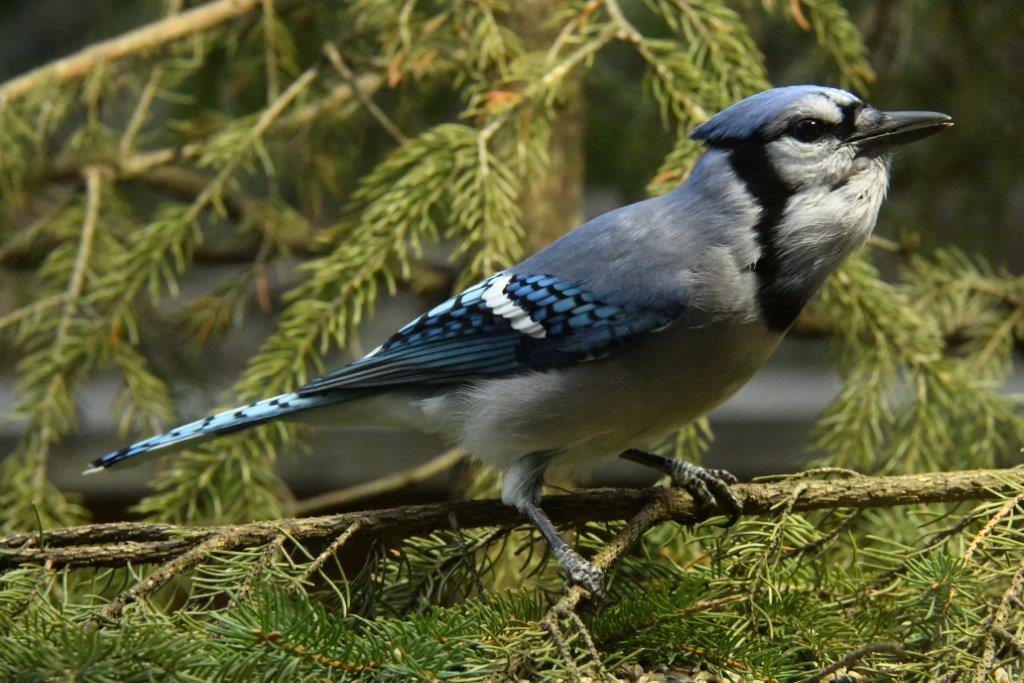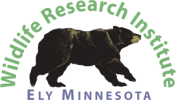Getting Ready for Winter - UPDATE November 10, 2022
The warm spell ended today. For at least the next nine days the temperature will stay below freezing. I suspect the lake will soon freeze over and the 150-plus ducks that visit will find open water on a larger lake and/or head south. Meanwhile other visitors are preparing for winter in their own ways. Mallards
Mallards
Chickadees are eating sunflower seed hearts by holding them with a foot and pecking tiny pieces, or they may do the same as red-breasted and white-breasted nuthatches and store them in crevices in or under bark.  Chickadee
Chickadee
The white-breasted nuthatch will likely find a crevice to hide it. Birds that cache food have remarkable ability to remember where it is. It was recently found that chickadees enlarge the hippocampus 30 percent in winter to help them remember so many locations.
Blue jays are filling a sac in the throat and upper esophagus called a gular pouch until it bulges with sunflower seed hearts or raw peanuts (without shells) to eat or to cache for later. They sometimes hide them in bark crevices in bark, or they bury them. They have been known to bury acorns up to 2 ½ miles from the source, making scientists think that blue jays were important in expanding the ranges of many oak species.
 White-breasted nuthatch White-breasted nuthatch |
 Blue jay Blue jay |
 Red-breasted nuthatch male Red-breasted nuthatch male |
As blue jays work here at the WRI, they have their eyes open for two juvenile sharp-shinned hawks that are looking for sustenance for their first migration. The pictures of a young hawk in action were taken a fraction of a second apart as the hawk eyed a passing blue jay and made a turn toward it.
 Sharp-shinned hawk juv. Sharp-shinned hawk juv. |
 Sharp-shinned hawk juv. Sharp-shinned hawk juv. |
Red squirrels eat sunflower seed hearts and raw peanuts where they find them, or they carry them off to bury nearby. They also may pile them up in ‘middens’ at the bases of trees. I remember a good hazelnut year when red squirrels beat the bears to most of the nuts but did the bears a favor they didn’t realize.  Red squirrelBy piling them up in middens, they established a pattern that the bear family I was following caught on to. The family went from tree to tree, sniffing for middens and finding bonanzas of hazelnuts that they could eat very efficiently.
Red squirrelBy piling them up in middens, they established a pattern that the bear family I was following caught on to. The family went from tree to tree, sniffing for middens and finding bonanzas of hazelnuts that they could eat very efficiently.
The red fox that visits here buries most of what he gets.
There was a mix-up about pictures last evening, so you’re now seeing some of the same pictures with the stories behind them. We deleted the previous night's photos from the update.
Thank you for all you do,
Lynn Rogers, Biologist, Wildlife Research Institute and North American Bear Center

